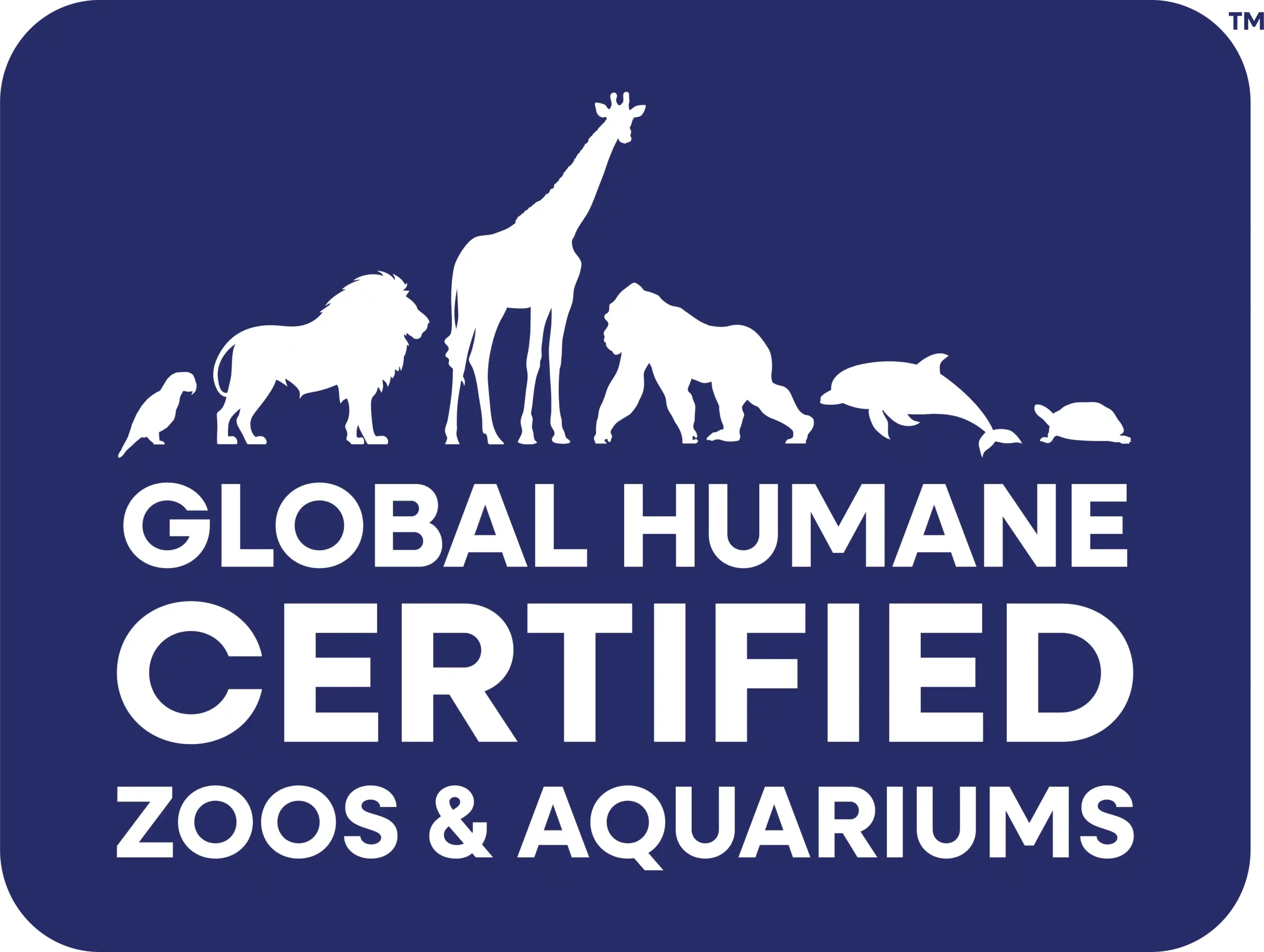Family pod and Consultancy
Given that there were no reports of killer whales regularly occurring in this area the question arose of where Morgan had come from. The Dolfinarium Harderwijk contacted Project NAKID (North Atlantic Killer Whale ID), a group of scientists from diverse European countries working with orcas. The principal role of this multinational group is putting together disperse studies and ID catalogues of Orcinus orca in the North Atlantic by collecting the data from each area. The final goal is to develop a library of photo-identification, genetic and acoustic data on NE Atlantic killer whales in order to study population structure and facilitate comparative studies between populations. So this group was the most appropriate to identify the origin of Morgan, and since September 2010 it started to perform Photo ID, genetic and acoustic studies. (See Family pod). The Dolfinarium Harderwijk gathered all the information produced about Morgan by NAKID and sent it to a panel of 7 scientific advisors for their advice on the suitability of Morgan as a release candidate (C.J. Camphuysen (Royal NIOZ, Netherlands), John K. B. Ford (Cetacean Research Program, Pacific Biological Station, Canada), Christophe Guinet (Centre National de la Recherche Scientifique, France), Markid Leopold (IMARES, Netherlands), Christina Lockyer (The North Atlantic Marine Mammal Commission, Norway), James McBain (Doctor in veterinarian medicine expert in killer whales USA), Fernando Ugarte (Head of Mammal and Bird Department of the Greenland Institute of Natural Resources)). These advisors had a broad range of experience among them and included some of the world’s leading killer whale researchers. As members of NAKID had helped prepare the information upon which the panel were basing their advice, no members of NAKID project were included in the panel, to maintain its independence. A report was then compiled summarising all the information and expert opinions that formed the basis for government advice and the final decision on whether or not to release Morgan. The scientists were unanimous that Morgan was not a good release candidate. The main concerns expressed were that she would not be accepted into a wild group (other than her family pod) and that on her own she would not be able to hunt successfully based on her extremely underweight state when she was found. The lack of information on the whereabouts of Norwegian killer whales, since the herring has changed its migration pattern, further complicated a possible release. Based on the unlikelihood that Morgan would have good chances of surviving if released, the Dutch authorities finally decided not to return Morgan to her natural habitat. (See Consultancy)








